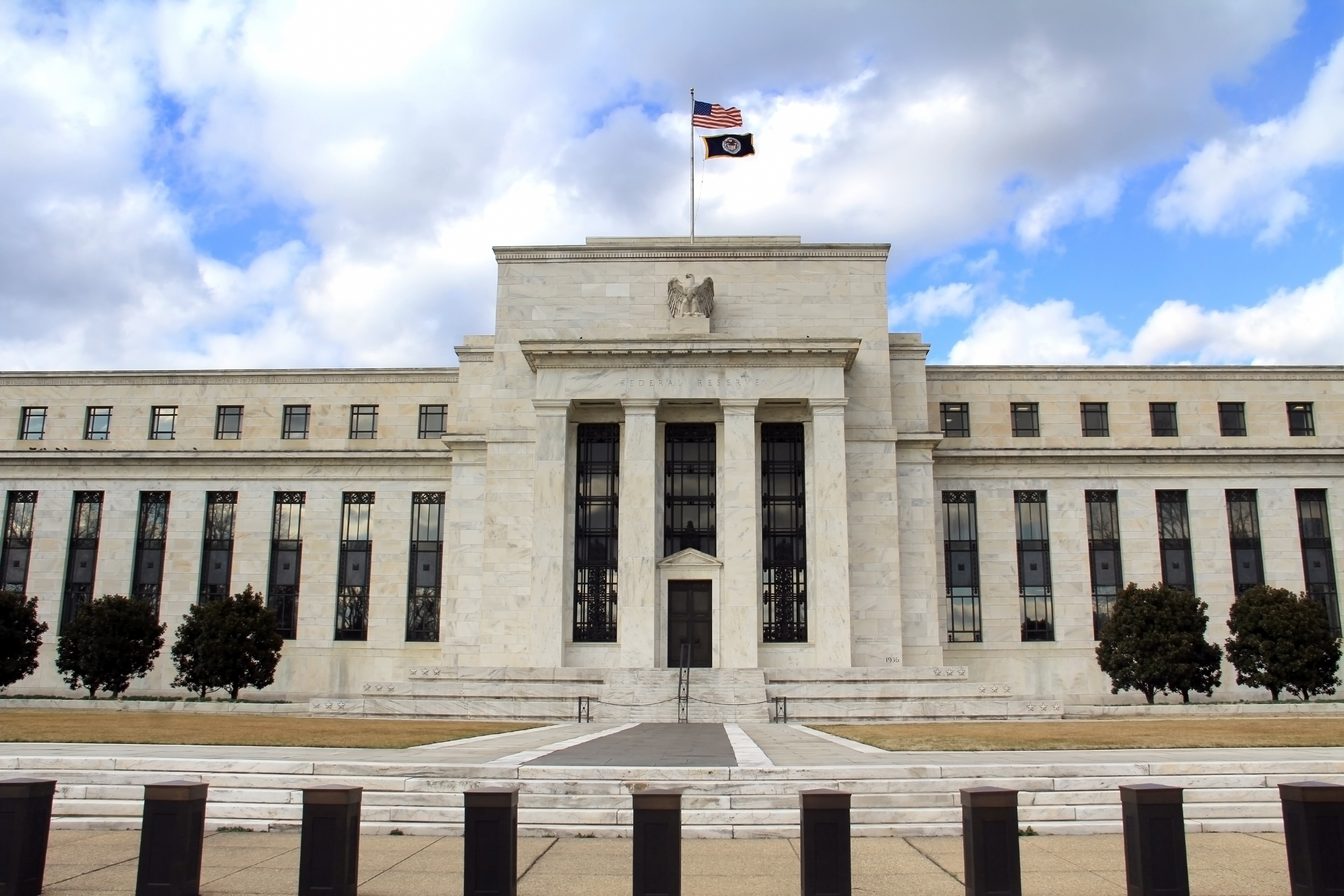Fed Delivers First Cut In 2025
Posted on September 22, 2025

For the first time in 2025, the Federal Reserve (“Fed”) cut interest rates by 25 basis points, bringing the federal funds target range to 4.00% – 4.25%. The decision, driven by growing concerns over a weakening labor market, came with one dissenting vote by newly appointed Governor Stephen Miran, who favored an even larger 50-basis point cut.
Fed Chair Jerome Powell described the move as a “risk management decision,” emphasizing that the labor market is now the central focus of policy. Payroll growth has slowed significantly—from 158,000 in April to just 22K in August—highlighting how quickly labor market momentum has reversed. It is also important to note that this evolving view of the US economy has been largely due to recent significantly negative revisions to previously released data. (Our colleague, Zac Chichinski, speaks to the importance of data reliability in the upcoming Sightline.)
Inflation remains sticky, but reasonably sanguine, given the feared passthrough of tariff costs. The Fed’s updated Summary of Economic Projections (“SEP” or “dot-plots”) shows inflation projected at 3.1% in 2025, 2.6% in 2026, and returning to the 2% target by 2027. The SEP also signals two additional rate cuts expected later this year at the October (10/29) and December (12/10) meetings—which would bring policy rate to a median of 3.6% by year-end.
Powell reiterated that much of the recent inflationary pressure stems from policy-driven factors, particularly tariffs and labor shortages. The Fed continues to characterize the impacts of tariffs as a one-time price adjustment but has acknowledged the possibility of inflation staying elevated, which may be the baseline view of a single Fed voter whose dot-plot suggested a hike in rates by year-end.
Importantly, Powell acknowledged the limitations of monetary policy, stating, “our tools can’t do two things at once,” referring to the trade-off between curbing inflation while supporting maximum employment. After years of singular focus on the inflation fight, the Fed has formally pivoted back to employment and growth, where it believes the balance of downside risks currently reside.
The SEP also showed a wide dispersion in rate forecasts by voters, for this year and beyond, underscoring the degree of disagreement on the signals in current data, as well as uncertainty on the many policy cross-currents that abound. To lead an increasingly discordant Fed, Chair Powell will therefore need to remain data-dependent, consensus-driven, and attentive to risks on both sides of the mandate.
Takeaway:
With the Fed signaling potential policy easing, strong investor demand, and attractive yields, we continue to view fixed income as a compelling asset class. Investment grade credit currently offers average yields, across the curve, at 4.3%, while high yield stands at approximately 6.7%. While valuations are stretched, we remain confident in the role the asset class can achieve in generating consistent income and reducing volatility in your portfolio.
Miles Toth
Vice President, Portfolio Manager
LEGAL, INVESTMENT AND TAX NOTICE: This information is not intended to be and should not be treated as legal advice, investment advice or tax advice. Readers, including professionals, should under no circumstances rely upon this information as a substitute for their own research or for obtaining specific legal or tax advice from their own counsel. Not FDIC Insured | No Guarantee | May Lose Value